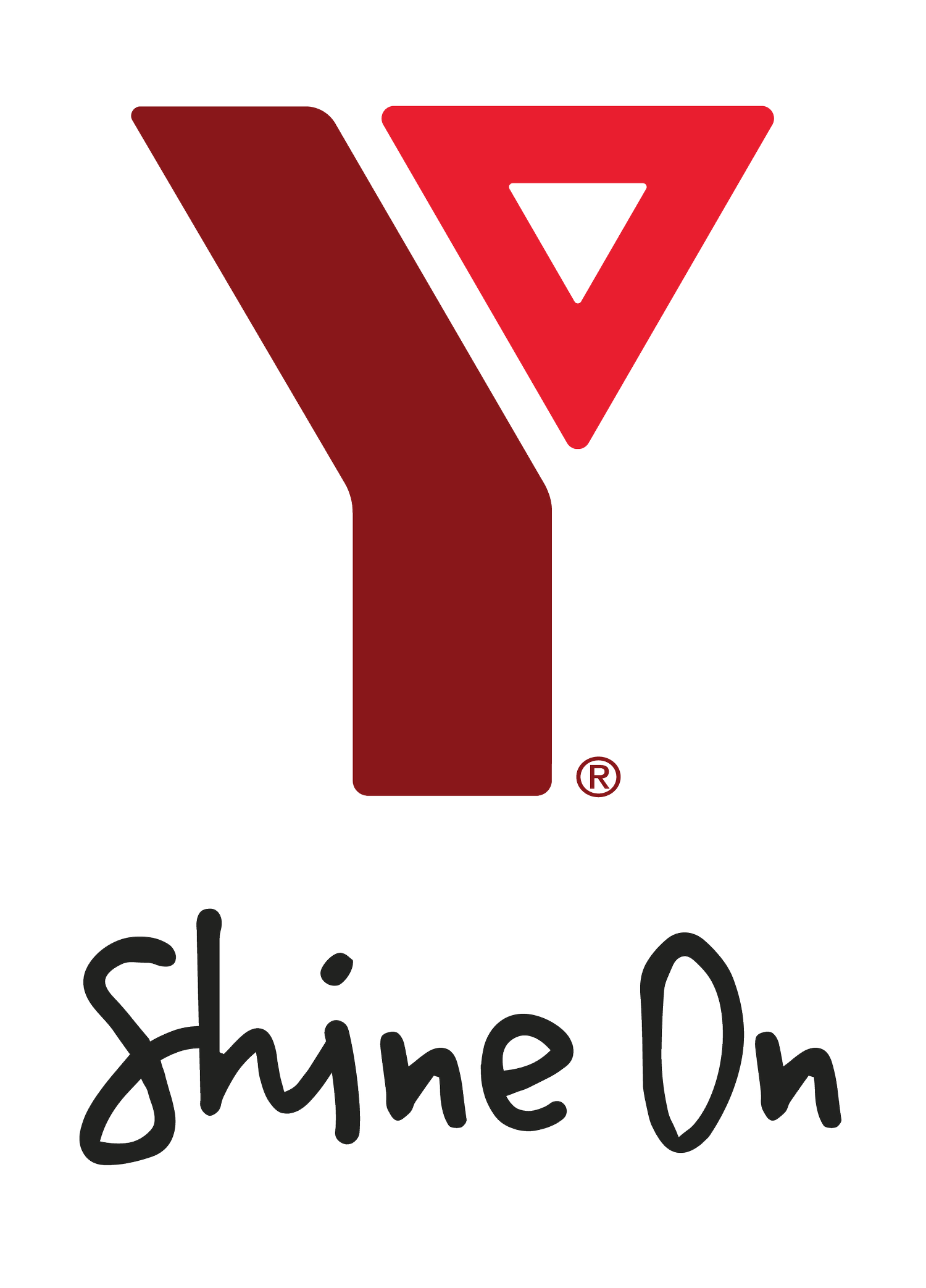Classical Ballet Foot Positions
The Vaganova Ballet Method was developed by Agrippina Vaganova in the early 20th century and is commonly called the Russian method. This style is known for its delicate arms, harmonious positions, and the logic that underlies its training method.
In any ballet method, the foot positions are integral for proper technique and alignment, with each movement beginning and ending with one of these positions. Perfecting them offers the dancer strength, balance and flexibility. In the Vaganova method, precise and fluid arm movements are emphasized to complement the lower body’s movements. The arms help the dancer to exude grace and elegance in their movement, while elongating their body and expressing the line of the movement.
Follow along with Maria as she teaches you the basics of foot and arm positions, or use the cheat sheet below!
Foot positions
First Position (Première en bas):
First position
The heels are touching with the toes pointed outward from the hips to form a wide V shape or straight line. Your weight should be distributed evenly between both feet with your body weight over the balls of your feet.
TIP: For proper technique, try to imagine your hips opening outward and engage your core to keep your upper body lifted.
TIP 2: Adopt a natural turnout, do not force your feet to be straight as it can be difficult to maintain.
Second Position (Deuxième en bas):
Second position
Place your feet hip-width apart and turn out from the hips as in first position. Engage your core. Again, your feet should form a straight line or wide v.
The weight should be distributed evenly between both feet.
TIP: For a natural second, you can point your leg to the side, also known as a tendu à la seconde, and simply lower the foot.
Third Position (Troisième en bas):
Third position
With your feet turned outwards (as in first and second position), place one foot in front of the other so that the front foot’s heel is touching the arch of the back foot.
The body weight should be distributed evenly on both legs
TIP: Another way to find third position is to point your leg to the front in line with your shoulder (tendu devant), step onto it and point the back leg (tendu derrière). Slide your back foot to the front foot with the front heel meeting the back arch.
Fourth Position (Quatrième en bas):
Fourth position
With your feet turned outwards, place one foot in front of the other about a step apart. The front foot’s toes should align with the heel of the back foot.
The body weight is distributed evenly on both legs.
Fifth Position (Cinquième en bas):
Fifth position
Point your front leg in line with your shoulder, (tendu devant), step onto it and point the back leg (tendu derrière). Close the position by sliding the back foot to the front foot. The heel of one foot is placed against the toe of the other, with the legs fully turned out from the hips.
The weight should be distributed evenly between both feet.
TIP: If fifth position is difficult, use third.
Arm Positions
First Position (première position):
Arms are rounded and slightly in front of the body, with the hands parallel to your solar plexus.
TIP: Pretend you’re hugging a beach ball in between your arms
Second Position (deuxième position):
The arms are extended to the sides at shoulder height, forming a gentle curve from the shoulders to the fingertips.
The elbows are slightly lower than the shoulders and lifted towards the back, maintaining a sense of openness and lift in the chest.
Third Position (troisième position):
Both arms are raised above the head in a curve, with the fingertips almost touching. You should be able to see your thumbs in your peripheral vision – roughly right above the hairline.





